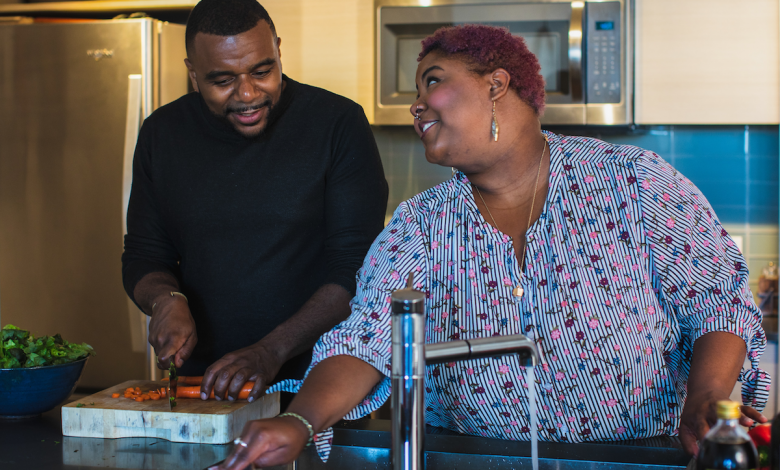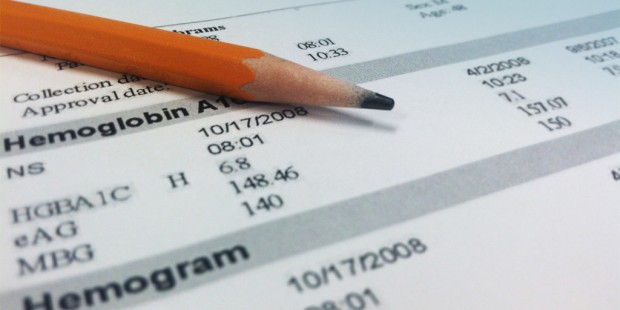What Is RPM and How Does it Work?
Remote Patient Monitoring promises better control of your blood sugar that can change your life

The potential benefits of RPM, or Remote Patient Monitoring, have never been more apparent than they are in today’s COVID-shaped society. But the truth is, this healthcare movement has been gaining traction for years.
Why? Because RPM is a powerful tool to help people living with chronic conditions, like type 2 diabetes, take back control of their health.
If you are living with type 2 and don’t know much about RPM, it’s time to learn more. In this article, we’ll tell you what RPM is and how it works, as well as what to expect in terms of costs and the wealth of benefits that come from it.
What is RPM?
RPM, which stands for remote patient monitoring or remote physiologic monitoring, is the use of digital technology to capture health data from patients during everyday life and transmit it to one or more healthcare professionals.
Using this day-to-day data to track trends, healthcare teams reach out frequently to each patient to discuss what is causing changes in their health, such as stress, diet, or medications, and change medications, dosing, and treatment regimens or alert primary care doctors about the need for this.
Without RPM, doctors and patients only meet a few times per year. This lack of interaction allows issues to persist for extended periods before being addressed. With RPM, unstable blood sugar patterns are recognized quickly and adjustments in lifestyle, stress, and medications are made to prevent long-term complications.
How does RPM work?
For those living with type 2 diabetes, RPM consists primarily of the daily collection and automatic transfer of blood sugar data to a healthcare team. This is done generally with a blood sugar meter with an integrated cellular dataphone.
RPM services can be extended to collect other types of data such as blood pressure, heart rate, blood oxygen, and other physiological markers.
This wealth of information provides your healthcare team with more data than they would ever get at a single doctor’s appointment, and it allows them to see what is happening in real-time.
They can use trends in blood sugar data to recommend changes to medications, meal planning, and exercise. But, more importantly, they can intervene in the case of falling or rapidly rising blood sugar to help you avoid acute complications and emergencies.
RPM helps people avoid acute complications and emergencies
What does RPM cost?
RPM does not cost anything if you are on Medicare and Medicaid. There is no co-pay and no other costs that you pay.
If you are on Medicare and not on Medicaid, then you pay 20% of the cost, which usually means your out-of-pocket cost is $25-$30 per month.
RPM does not cost anything if you are on Medicare and Medicaid
The Benefits of RPM
Remote patient monitoring has a wide range of benefits for people living with type 2 diabetes.
Fewer Hospitalizations
Medicare and Medicaid have both championed RPM for its ability to reduce hospitalizations.
In diabetes, specifically, the need for hospitalization can arise quickly and becomes increasingly likely over time. Remote monitoring helps in both situations.
When blood sugars suddenly plummet, the healthcare team sees that information and contacts the patient immediately. They can advise on methods to bring those levels back up quickly and determine if medical intervention is necessary.
High blood sugars can lead to substantial health problems if they are allowed to persist for long periods. RPM programs intervene long before trending high blood sugars become problematic.
Better Education
Education about how to live with diabetes is critical to managing your care.
The education patients receive from their RPM healthcare team is often very effective because it is focused on living better with their condition.
This continuous education helps you feel better and decreases hospitalizations by helping you to take better control of your health and your condition.
Better Data Equals Better Treatment
All your daily blood sugar data and other information you provide when talking with your RPM companion/coach will also be available to your doctor.
This comprehensive information enables your doctor to understand the effectiveness of your treatment program. This helps them make changes to medications that more closely match your actual lifestyle and condition.
As patients gain better control over their diabetes through compliance and lifestyle changes, their need for insulin and other medications usually decreases. People who only see their doctor every six months may experience blood sugar lows and that is another way daily blood sugar monitoring helps. Your RPM team will notice these lows and alert your doctor to the need for a medication change.
RPM patients can monitor many indicators of health beyond blood sugar, such as blood pressure, heart rate, and weight.
These additional measures can allow your doctor to see the full picture of your health, even beyond your chronic condition. This broad view of your health allows them to make more educated decisions about your treatment options.
Less Worry for You and Your Family
It never hurts to have someone looking out for you. This is especially true when living with a condition like diabetes that has the potential to quickly become life-threatening.
The ability of RPM to lessen your worry goes far beyond the comfort of having someone watching and interpreting your data in real-time.
The education these programs provide will help you take better control of your blood sugars. This means fewer issues with highs and lows and fewer complications.
And most importantly, you will feel better.
Every person living with diabetes wants to take back control of their health. The support provided by RPM gives you that ability. So you and your family can worry less.
Most importantly, you will feel better so you and your family can worry less.
Who provides RPM?
Some primary care organizations are starting to provide RPM services but the fastest growing providers are independent healthcare teams that are focused completely on RPM-based care.
There are diabetes-specific RPM programs available as well as general RPM programs that cater to a variety of patients with chronic conditions.
- Look for a program that specializes in type 2 diabetes to assure you get the monitoring, device options, and expertise that is best suited to your needs.
- You will be connected with a team of knowledgeable medical professionals that can communicate with you 24/7 to help you take steps to optimize your diabetes care.
A great example is Myself.Health where a doctor-led care team works with you on an ongoing basis. Your team gets to know you and becomes a companion and coach to help you live better on your diabetes journey.





